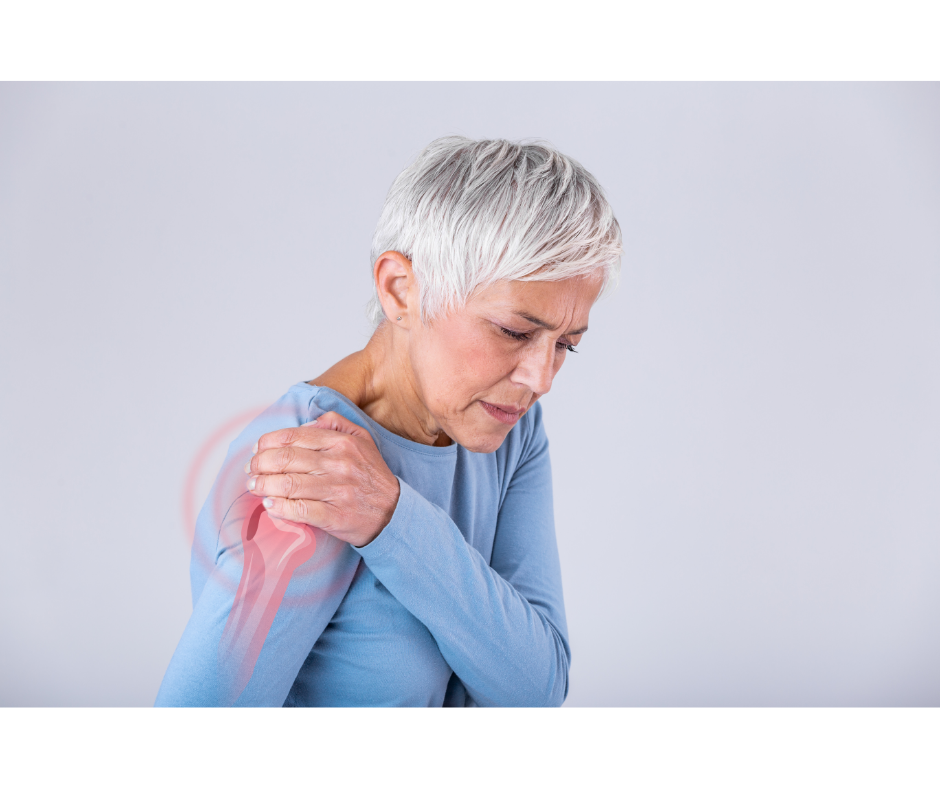Foot Mobilisation Treatments ( Manual Therapy for feet!)
Foot Mobilisation Treatments: FMT

We have all heard the term “use it or loose it” but when we hear this we tend to think about our big joints like the back, hips and knees.
With the feet having a quarter of all the bodies bones in them they are the foundations of the whole body, so good function feet help to achieve good health, posture and performance.
The big question is how do we keep our feet functioning well and what happens when they don’t work well?
Feet that are painful and feet that are stiff, are feet that are not working well. In order to help reduce the pain in these feet, we need to get all the foot joints moving.
Unfortunately, just by walking, you might manage to get every foot joint moving (there are 33 of them!), so you may need some help from your Podiatrist. Foot mobilisation therapy (FMT) is a technique that improves the function and alignment of the feet through gentle mobilisations in conjunction with exercises.
FMT works in 3 ways:-
-It releases connective tissue around the joints in hypomobile (stiff) joints.
-It stimulates the synovial fluid production which is the equivalent of the grease/oil that helps to lubricate your car.
-It also helps to reset the joints neurophysiology – neurophysiology is the joints pain management system, by mobilising and lubricating the joint this helps to decrease pain felt.
For the maximum effect of FMT it is best to have a course of treatments, initially 6 sessions with weekly intervals. This is because our tissue tends to have memory. If you have a joint that is stiff your body gets used to that and then thinks that is normal. With foot mobilisation we need to re- educate the foot to accept a joint that has motion as its new normal. FMT is always combined with an at home exercise program to help maintain the joint changes that have taken place during your treatment sessions.
The best results are achieved if the patient is fully committed to their exercise program. If is sometimes necessary to also provide some orthotics/insoles to help the foot not to slip back into bad habits.
At the Village Clinic our FMT practitioner is Sally Albutt. Sally is happy to chat to anyone who is unsure if FMT may be helpful for them.












